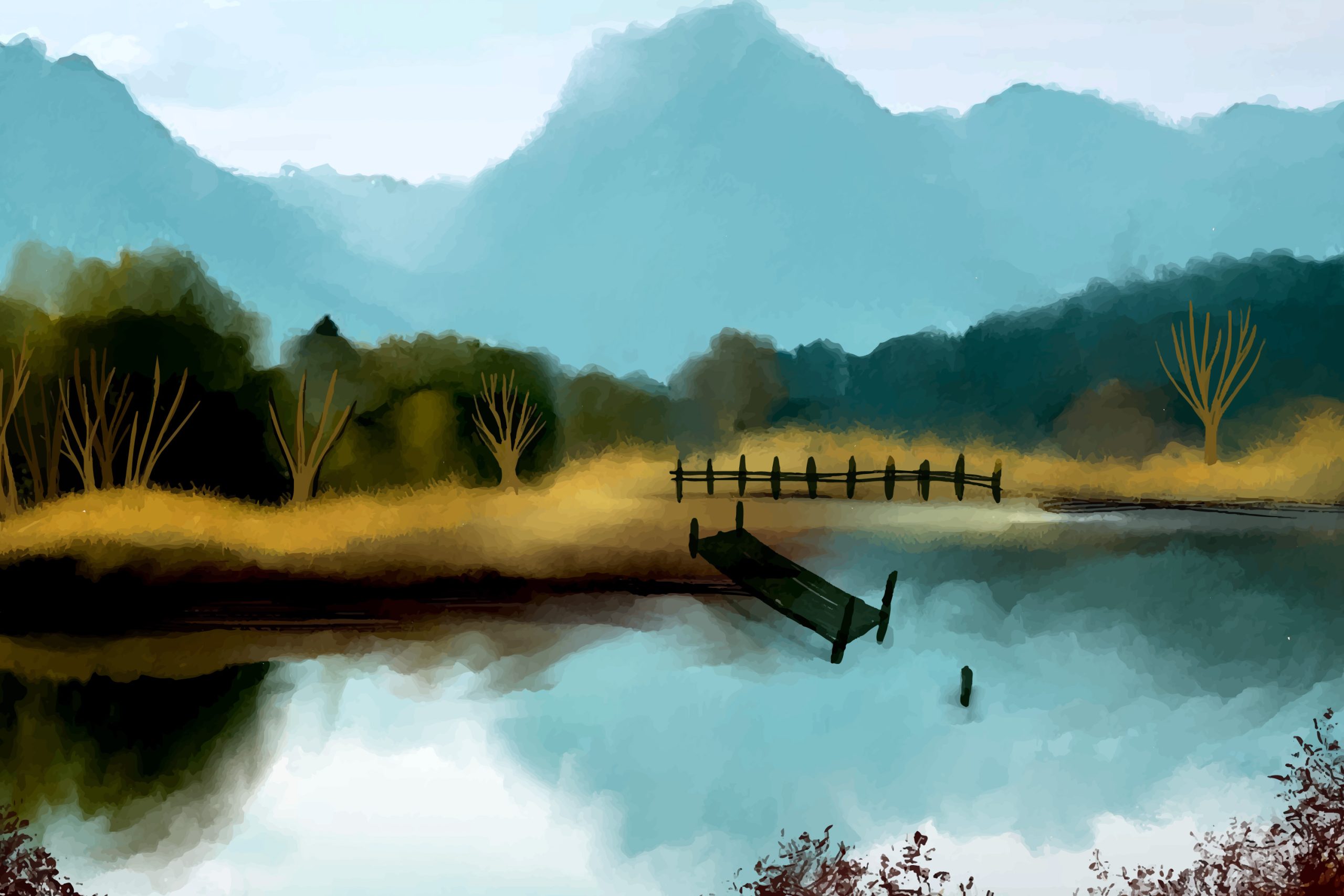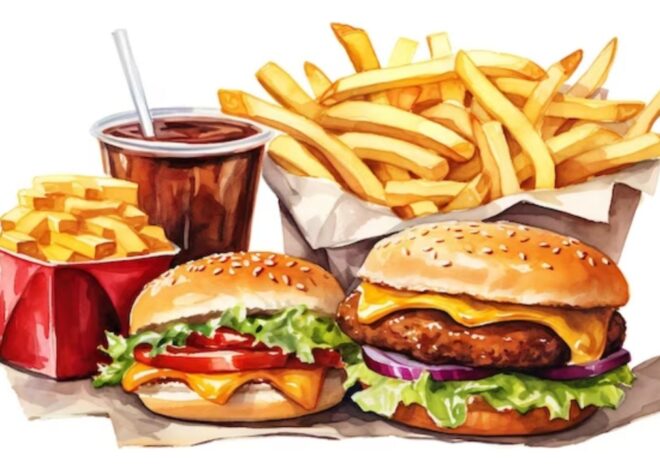
How Beginner Watercolour Painting Is Made Easy
Without discriminating paint and art, it’s true that watercolour is for everybody. And if you’re a beginner artist or even an enthusiast (maybe you’ve got school or university projects to finish), then watercolor won’t disappoint you.
But there are ways to everything. Watercolor too might sound easy, but its beginning steps are crucial to help you understand the paint material and the painting techniques.
Watercolor is loved by everyone because you can do a lot of things with it. Not only it is a flexible paint medium, but it also is an option that lets you go ‘offbeat’.
Besides, its transparent and ‘mellow’ nature contends with the strong; opaque and dreamy style of oil paints.
I smell a fight. And so we’re not going to discuss it here.
In this post, we will look at the basic idea of watercolour paints; watercolour sketching rather than going full-on painting; tools you’ll need and how to actually start doing it. Don’t hesitate to make your research in video sharing platforms. To find information faster though, you may Order Books Online.
What Is Watercolor?
Watercolor is a water-based paint medium. Like every other paint, watercolor paint contains pigment. To hole this pigment together, a gum binder is used. The natural gum binder is used for watercolor paints is Gum Arabic.
As you might have guessed, the binder is water-soluble. You add water to ‘activate’ the colour rather than oil. You ‘thin’ the colour with water. For watercolor, water is considered the solvent.
There are also other water based paints such as gouache and poster colour. The best art books can teach you something useful about these paints.
Start with Loose Watercolor Painting or Sketching
As a matter of fact, sketching is what you call the beginner-friendly drawing exercise. Although watercolor or a paint is much more associated with ‘painting’; you may also sketch or even doodle with it.
Watercolor is an ‘entertaining’ medium to work with. Instead of going for high-end; detailed; vivid illustrations; simply start with sketching.
Sketching or loose painting is often characterised with rough drawing styles, where you sketch or paint the basic shapes and colour dimensions of the subjects. With sketching, you are not required to go heavy with tiny details. This helps beginner painters to understand the application of colour.
Try Impressionist Styles
Impressionism is an art movement. Artist Claude Monet initiated and paved the way for impressionist style painting. Many other painters such as Vincent Van Gough; Mary Cassatt and others painted in this style.
You use quick brushstrokes to create an ‘impression’ of the subject (what you are painting). Here, strong vivid details are secondary. Although that sounds like the opposite to a detailed composition; you will notice that impressionist art styles aim at depicting the right way light falls and behaves with the subject. Do read the best art books on impressionism and impressionistic styles using watercolor to understand it.
You must learn to paint and sketch first and then move on to impressionism. Please note, that you might need a teacher to teach you exactly how this style works and that too in watercolor.
Select Easy Subjects First
What you paint is called your subject. If you are good at drawing (making the outlines), then I would recommend using a Fountain pen with water-based inks for your sketches. Ink gives bolder highlights to your images than usual.
However, pencils can give you an extra edge to creating sharp details and to erase mistakes. Make a rough sketch of the subject with pencils. Erase the sketch slightly to keep the light impression of the sketch. Now, paint over it.
Go with easier day-to-day subjects such as a flower or a coffee mug or simply your desk plant. For absolute beginners; drawing a leaf; or a fruit or items such as a generic notebook with a pen can help.
Snap photographs of the subject in different light conditions and try understanding how light falls on them and how the colors change effects. Incorporate that to your painting.
All this might sound difficult. But they are more interesting than terrifying (or boring).
Want to order books online on simple and basic watercolor paintings? Choose ‘The Kew Book Of Painting Orchids In Watercolour’ by Vivienne Cawson.
Tools You Will Need
Painting watercolors is a relatively cheaper option. So, you need not be afraid with the investment costs. Here are a few things your beginner watercolor journey might need:
- A sketchbook. Choose watercolor paper or mixed media paper.
- Get yourself a color palette and pan.
- Color palettes may come with watercolors administered into the pans.
- If you buy watercolor tubes; then you can squeeze a bit of paint into pans and let them dry.
- Choose Artist grade watercolor.
- Buy brushes of at least size 0; 0000; 000 and 3. Choose a waterbrush because these brushes come with in-built water reservoirs; preventing you from actually carrying water and the need to dip your brush.
- A paper towel to erase paints and clean your waterbrush.
To Conclude
There are countless of the Best Art Books for watercolor painting. I may not know all of them. For a beginner though, these might be helpful:
- The Watercolour Companion by Matthew Palmer
- Anyone Can Paint Watercolour Landsapes by Graham Booth
Painting Perspective: Depth and Distance in Watercolour by Kersey Geoff
Author Bio
I am Priya Varma, and I have been working as Content Writer at Rananjay Exports for past 2 years. My expertise lies in researching and writing both technical and fashion content. I have written multiple articles on Gemstone Jewelry like opal jewelry and other stones over the past years and would love to explore more on the same in future. I hope my work keeps mesmerizing you and helps you in the future.


